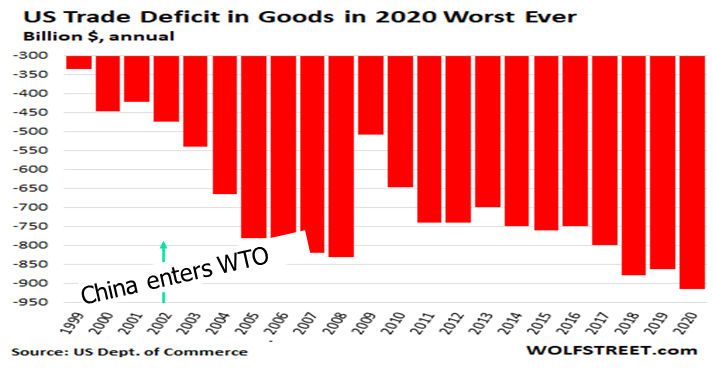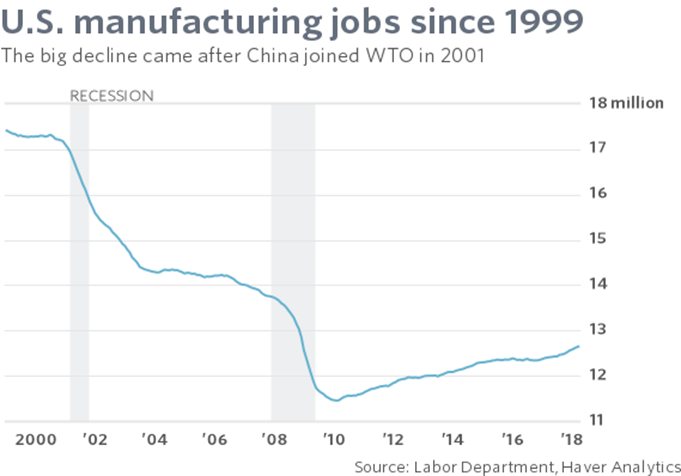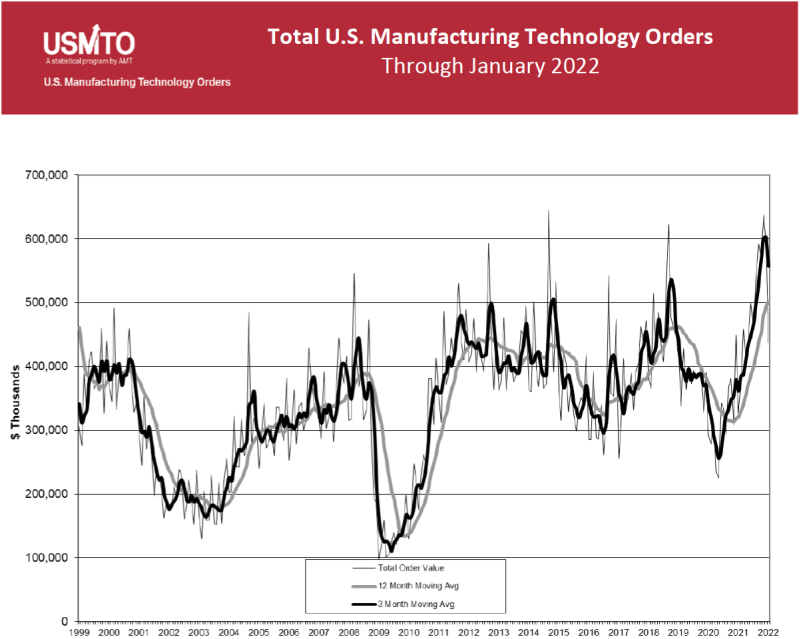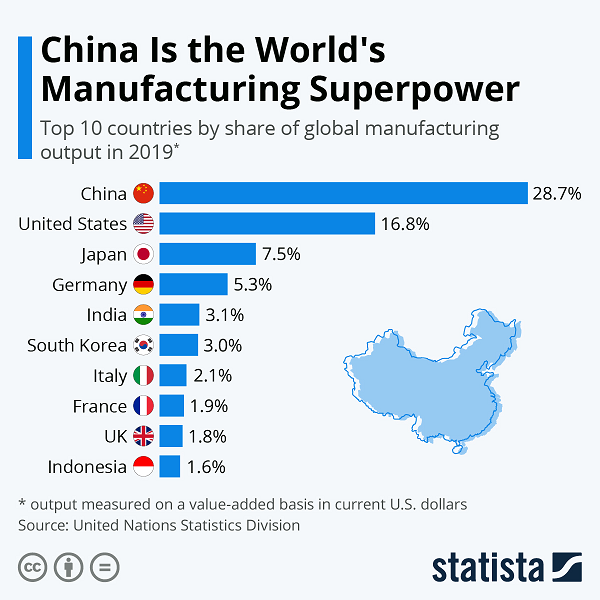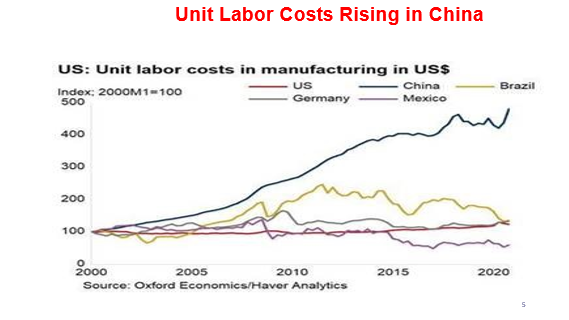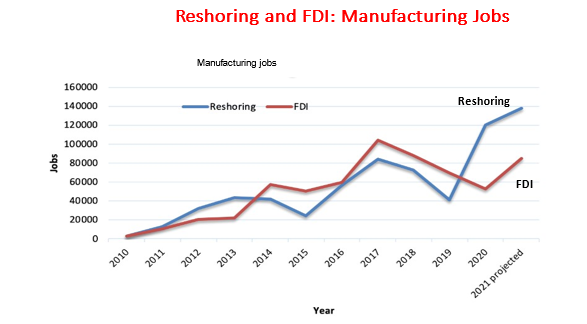Inventor Rights are being threatened by the Pride in Patent Ownership Act, S.2774, sponsored by Sen. Leahy, Patrick J. (D-VT). Sen. Leahy was the co-sponsor of the America Invents Act of 2011 that adversely changed the patent system from the best in the world to one that has eroded inventors’ rights.
The bill is looking good for either being passed by the Senate separately before Congress recesses for the holidays or passed by being attached to the National Defense Authorization Act (NDAA). The NDAA is “must pass” legislation funding the military at a time when there are credible threats of wars around the world. Attaching the Pride in Patent Ownership Act to the NDAA means it would certainly become law.
“This bill requires disclosure of certain patent-related information, including information about ownership and funding. Under the bill, if a foreign or domestic governmental entity provides funding for fees related to a patent application or for paying an attorney (or patent agent) to prosecute the patent application, the application must disclose the amount and source of such funding.
Similarly, if any governmental entity provides funding for paying a patent’s maintenance fees or for paying an attorney (or patent agent) to submit such maintenance fees, the patent owner must submit a statement disclosing the amount and source of such funding.
The bill also requires patent owners to record information about the ownership of a patent with the U.S. Patent and Trademark Office (USPTO). Patent owners must also update this information when certain rights or interests in the patent have been conveyed to another individual or entity. A patent owner may not receive increased monetary damages for infringement of that patent that occurred while the owner was out of compliance with this ownership information recording requirement.”
This bill doesn’t sound as harmful at first glance, but a closer examination shows just how harmful it is. As a board member for the San Diego Inventors Forum, I am the liaison between our group and the national organization US Inventor, Inc., an inventor organization in Washington D.C. that advocates strong patent protection for inventors and startups.
Last week’s newsletter stated: “This bill would make gargantuan penalties for not registering a change in patent ownership in a timely enough manner. The patent owner would lose the ability to collect increased damages for willful infringement. Increased damages are about all that remain to discourage the theft of patented technologies.
The bill would also let the infringer off if the mistake in registering is considered to have been done with the intent to deceive, which every opposing attorney will argue and make you spend more time and money that you don’t have. There are other angles on this bill, like giving Big Tech an early heads up on what patents to attack using the PTAB.”
Paul Morinville, former president and founder of US Inventor wrote an article published on October 12, 2022 by IP Watchdog , titled, “The Pride in Patent Ownership Act is Big Tech Boondoggling”
“The Pride in Patent Ownership Act requires those who acquire patents to publicly register their ownership assignments with the U.S. Patent and Trademark Office (USPTO) within 120 days. Thus, it serves to identify potential patent infringement plaintiffs.
If the patent holder misses the 120-day deadline, this bill would make gargantuan penalties for not registering a change in patent ownership in a timely enough manner. The patent owner would lose the ability to collect increased damages for willful infringement. Increased damages are about all that remain to discourage the theft of patented technologies.
The bill would also let the infringer off if the mistake in registering is considered to have been done with the intent to deceive, which every opposing attorney will argue and make you spend more time and money that you don’t have. There are other angles on this bill, like giving Big Tech an early heads up on what patents to attack using the PTAB.”
He explains, “Patent infringement is about stealing technology protected by a patent – it is not about who owns the patent. Because patent applications are made public by the USPTO, fair notice is given to would-be-thieves that an invention is protected by a patent.
The patent holder is irrelevant to an infringer’s decision to steal an invention, so identifying the owner can only lead to gamesmanship, especially if the patent holder is too small to defend themselves”
He asks, “Why is Congress pushing the Pride in Patent Ownership Act through by attaching it to the NDAA? His answer: “Identifying future plaintiffs and gaming the system so Big Tech can steal patented inventions unfettered is the real reason behind the Pride in Patent Ownership Act.”
He adds, “What really matters to Big Tech incumbents is that a well-placed invention can disrupt their multibillion dollar markets and that disruption is a threat to their relevance in that market. A little guy with a big idea can truly threaten the very existence of their monopolies. Think back to Google and how their patented search algorithm sent the search icons of the day, Yahoo and Alta Vista, into the dustbin of history.”
He explained that the Supreme Court decision on” eBay v. MercExchange opened the floodgates to willful infringement by effectively eliminating injunctive relief – the ability to take the invention away from an infringer. In eBay’s public interest test, a patent holder must prove that they have a product on the market and the ability to distribute the product at the level of the infringer.
But if Big Tech steals the invention and, by leveraging their huge customer base, existing infrastructure, and endlessly deep pockets, massively commercializes the invention, no small entity will be able to pass the eBay test.
Treble damages stand as the only remaining deterrent to willful infringement. But the Pride in Patent Ownership Act will eliminate treble damages if you make an administrative error.”
Remember that besides changing our patent system from a “first to invent” to a “first to file,” the America Invents Act also created the Patent Trial and Review Board (PTAB) that has nearly destroyed inventors’ rights. According to the U S Inventors end of the year report, “The Patent Trial and Appeal Board (PTAB) has cancelled claims in 84% of the 2,500+ patents reviewed since 2011 and most inventors do not have a half a million dollars necessary to fund a legal defense.”
We don’t need another bill taking away the last right that inventors have to protect their patents.
I urge you to take the time to call the Washington office of your Senators and tell them that the Pride in Patent Ownership Act is bad for American innovation, startups, and inventors.
When you call, you could say, “My name is _____ and I am a concerned constituent. The Pride in Patent Ownership Act is bad for American Innovation. It creates an unthinkably huge penalty for a clerical error in registering patent ownership. It provides the attorneys of huge corporations with more arguments to use against American inventors and startups. It creates another barrier for inventors and startups. It will help Big Tech gain more power and will make it harder to compete with China.
Senator _____ needs to oppose The Pride in Patent Ownership Act including any effort to amend it into the National Defense Authorization Act. This is important for the future of America. Tell your Senators to oppose this bill.”
If they want to know more, tell them to contact the current president of US Inventor, Randy Landreneau at Randy@USInventor.org.”
